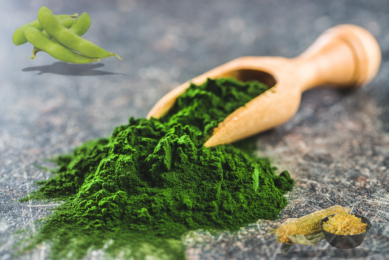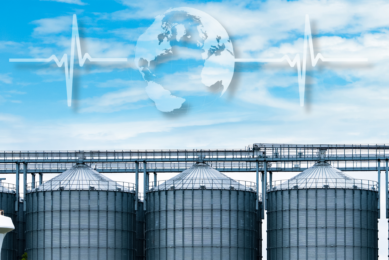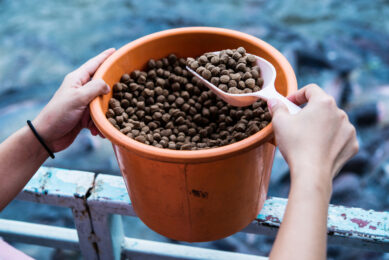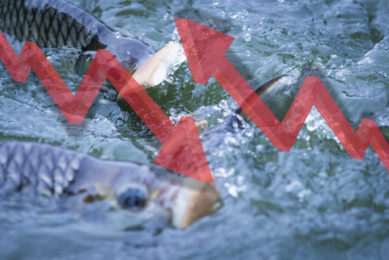Peat and garlic look promising as feed additive for sturgeon
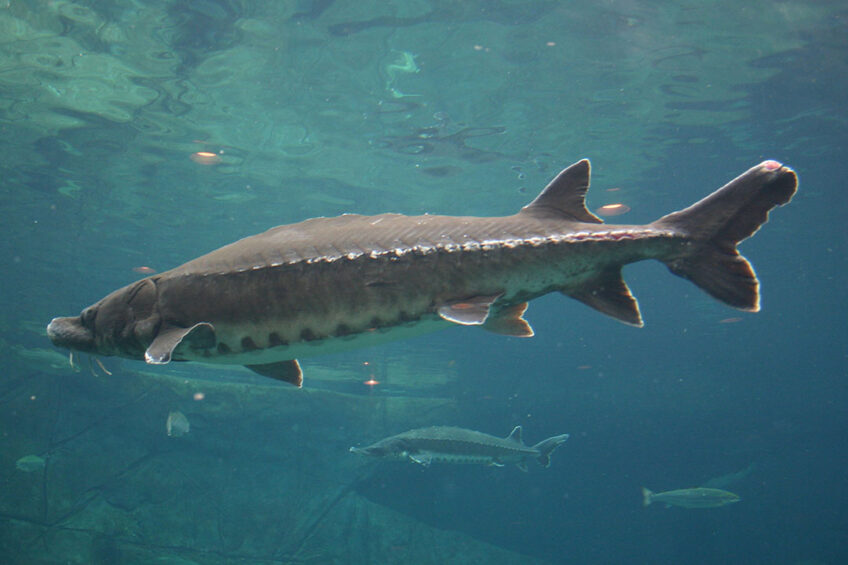
A new feed additive based on peat and garlic developed by a group of scientists from the Siberian Research Institute of Agriculture and Peat in Tomsk, Russia in a series of studies proved to be effective in feeding sturgeons.
The Tomsk scientists said that the new feed additive had improved weight gains and decreased mortality of sturgeon fry. Currently, more than a dozen of hatcheries across Russia struggle to restore wild sturgeon population in rivers of Siberia and Arctic, undermined by ecological problems and poaching.
Lack of fish feed
Since the beginning of 2022, Russian hatcheries warned about a lack of imported fish feed for valuable species, the supply of which was barred by Western sanctions. Some hatcheries warned they could halt operation without imported fish feed.
Sturgeon breeding
Sergey Udintsev, a chief researcher, said that every year Russian hatcheries release millions of units of sturgeon fry in the rivers of Siberia, as well as the Volga with only a share surviving to reach the parameters of marketable fish. The problems with the sturgeon population are also currently seen in Iran, China and North America.
The new product is developed as an alternative for feed additives currently administrated to sturgeons, Udintsev said.
Alternative to synthetic drugs
“In order for the fish to grow faster and die less, various stimulants and immunomodulators are added to the feed, but, as a rule, these are synthetic drugs. They perform their function, but on the other hand, the fish gets used to them, and harmful compounds are formed in its body,” he said, adding that aquaculture now tends towards organic aquafeed.
“We turned our attention to the aquaculture of Southeast Asia that has existed for hundreds of years. They [Chinese fish farmers] widely use additives from more than 200 plants, including garlic powder. We were the first to test and prove the effectiveness of the garlic supplement on sturgeons. The second substance that we tested is based on peat. Our Research Center has previously investigated the effect of humic compounds to improve the efficiency of cattle feeding. Now, we tried to use it in aquaculture,” he said.
15% rise in weight gains
During a 4-month trial, fish in the experimental group, receiving the developed feed additive, experienced a 15% rise in weight gains compared to controls. In addition, the additive improved fish quality and lowered mortality rates, Udintsev said, not providing additional details.




